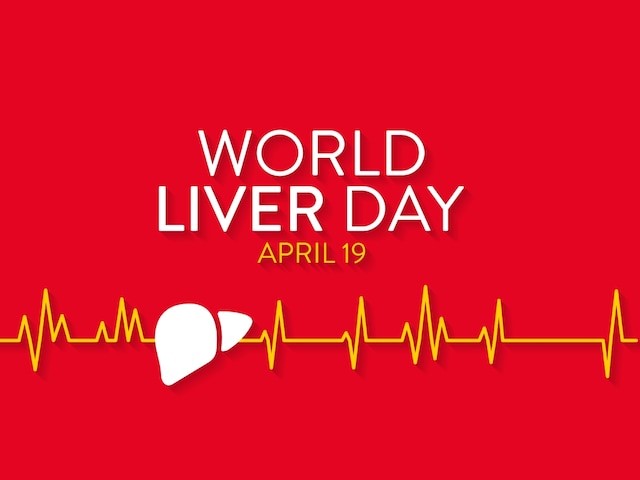Free Courses Sale ends Soon, Get It Now


Free Courses Sale ends Soon, Get It Now



Source: News18
Disclaimer: Copyright infringement not intended.
Context
Details
Theme for World Liver Day 2024
History of World Liver Day
About the Liver
Anatomy of the Liver:
Functions of the Liver:
Common Liver Disorders:
Common Symptoms of Liver Disease:
Diagnosis and Treatment:
Liver-Gut Axis
Understanding Liver Function:
The Gut:
The Interplay:
Sources:
|
PRACTICE QUESTION Q. While the liver detoxifies, metabolizes, and stores nutrients, the gut orchestrates digestion and plays a crucial role in the immune system. Comment. (250 Words) |
© 2024 iasgyan. All right reserved